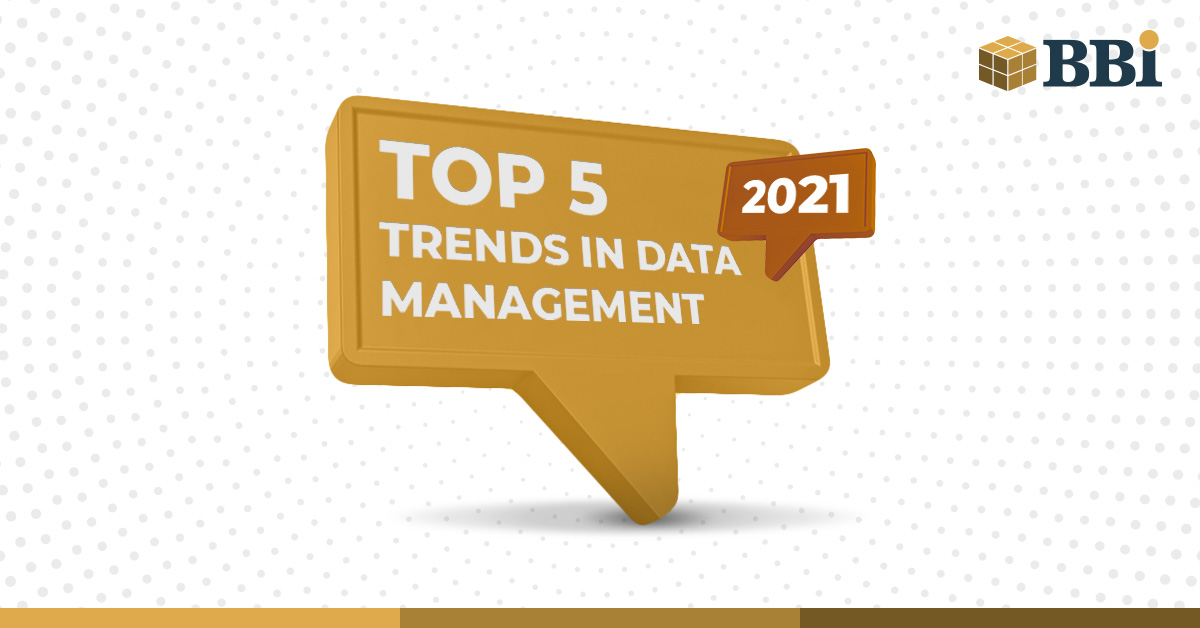

Although the concept of big data has been around for decades, only a few business organizations have well-defined data management structures. However, the sudden shift to massive digitalization in the previous years has compelled all businesses to review their data management strategies to adapt to the increasingly digital business landscape.
This year, there is immense focus on data management as businesses strive to gain a competitive advantage in the new norm. Data-driven leaders will likely invest in modern data platforms, new technologies, and data analytics to gain valuable insights for better business decisions. They will leverage emerging trends to enhance business growth.
Emerging Trends in Data Management
1. Massive hybrid cloud deployment
As businesses shift to digital platforms and remote collaboration, we can expect to see an acceleration in cloud deployment in the next few years. However, instead of relying on a single cloud infrastructure service, businesses are likely to prefer multiple cloud environments to supplement their on-premises infrastructure. This combination results in a hybrid data management platform with secure and specialized capabilities.
Last year, a survey conducted by the Everest Group showed that 72 percent of 200 enterprises already have a hybrid-first or private-first cloud strategy. This percentage is expected to rise even higher in the next couple of years.
2. Use of data fabric technology to create unified platforms
With the continued rise in the use of hybrid cloud environments come complexities in interconnected architecture including data disparities. To manage such issues, data fabric technology can be utilized to create a single unified platform. This connects various data sources and facilitates frictionless sharing of data regardless of their format and location.
3. Automation through Augmented Data Management (ADM)
According to the latest Gartner data and analytics trends, organizations that use data fabrics, machine learning, and active metadata will have achieved 30% faster integrated data delivery by 2023.
The use of machine learning and artificial intelligence in the business setting will continue to grow, particularly in automating data management tasks through ADM. Manual data tasks will be automated to simplify and optimize data management. Advanced insights can be generated faster and more effectively to aid in better decision-making.
4. Reduced functional boundaries between IT and business management
The lines between IT and business responsibilities are getting blurred. Most businesses now require data collaboration across the entire organization. They need to provide access to the right data any time stakeholders need them. As such, we can expect to see more self-service data management and analytics tools that will democratize data for everyone. Even front-line marketing professionals can gain access to data without the need for technical assistance.
5. Inclusion of a Chief Data Officer in the organizational hierarchy
With business operations relying on robust data management, business organizations now need C-level data officers. A Chief Data Officer will play a strategic role in leveraging big data trends to help improve productivity and sales.
In 2012, only 12% of mainstream companies have adopted a CDO role. Today, this percentage is up at 65% according to the latest NVP Big Data and AI Executive Survey 2021. This survey also shows that the CDO role is firmly established with almost half of the Chief Data Officers having primary responsibility for data within their organization.
Re-imagining Data Management Strategies
The previous year saw businesses struggling with legacy systems and a lack of data governance policies. This year, however, we can expect to see better data management in most businesses as they reassess their strategies. More scalable data platforms will be set in place, enabling data to be accessed in a single unified platform. There will be massive hybrid cloud deployment across industries, and more emphasis will be given to data management. All these changes will prepare businesses for the increasingly digital business environment of the future.

